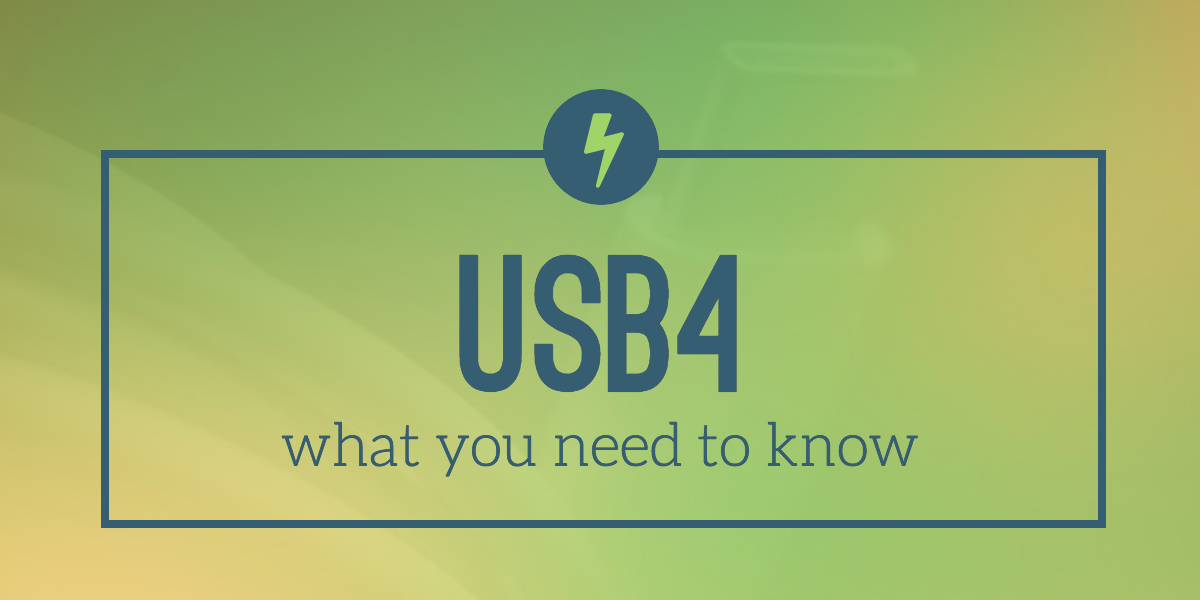
In March, the USB Implementers Forums (USB-IF) announced the USB4, the latest version of the popular connector. Although the full specifications haven’t been released, the standard is expected to be faster, better equipped, and more standardized than all previous versions.
In this article, we’ll explore what you need to know about the USB4 and several features you can expect.
What is USB4?
The USB4 will be the latest generation in USB architecture. According to a statement from the USB Promoter Group, this significant update will complement and build on existing USB 3.2 and 2.0 architectures to deliver a superior user experience in data, display, and power.
USB4 adoption
To encourage wider adoption, Intel is planning to remove the expensive licensing fees it often charges third-party chipmakers, and permit hardware manufacturers to use the brand’s coveted data transfer specifications royalty-free. This will allow USB developers to adopt the features of one of the most versatile and powerful USB-C solutions, Intel’s Thunderbolt 3.
USB4 standardization
Another objective of the USB4 is to simplify the USB ecosystem and make the connector uniform across devices. To accomplish this goal, the USB-IF is developing a standard feature list for manufacturers to support USB4 devices.
But, despite the potential for USB standardization, manufacturers aren’t required to follow these recommendations. Since the USB4 is an open standard, engineers can build the port however they choose.
USB4 Features
USB4 Performance
The USB4 performs better and faster than its predecessors. The new line boasts a maximum speed of 40 gigabits per second (Gbps) over USB 3.2’s max speed of 20 Gbps. This speed also matches the Thunderbolt 3, which is a crucial factor for adoption and development.
USB4 and Thunderbolt Compatibility
Unlike previous USB specs, the USB4 will integrate with Intel’s Thunderbolt 3 features, which will support the transfer of both data and display protocols. This combination of data throughput and power delivery means the connector can act as a single cable for display—whether it’s two 4k displays or one 5k display.
Their compatibility also means you can avoid buying a new accessory with every upgrade (remember flipping back and forth with USB-A cables?) However, while this may be good news for consumers, it doesn’t mean manufacturers will implement Thunderbolt 3 functionalities for the USB4, despite having the same specs. For example, you may buy a USB4 enabled device that doesn’t support all of Thunderbolt 3’s hardware.
The same is true for USB4 backward compatibility with USB 3 and 2 devices. If they do connect, consumers will be limited to the speed of the older versions.
When will USB4 come out?
The USB4 standard is in the final stages of review, according to the USB Promoter Group, and consumers can expect to see a full breakdown of its specifications later this year. But it will likely be another year and a half before manufacturers begin producing USB4 enabled devices.
New innovation is disrupting and advancing how we work and live every day. For more great resources and industry updates, subscribe to our blog.



